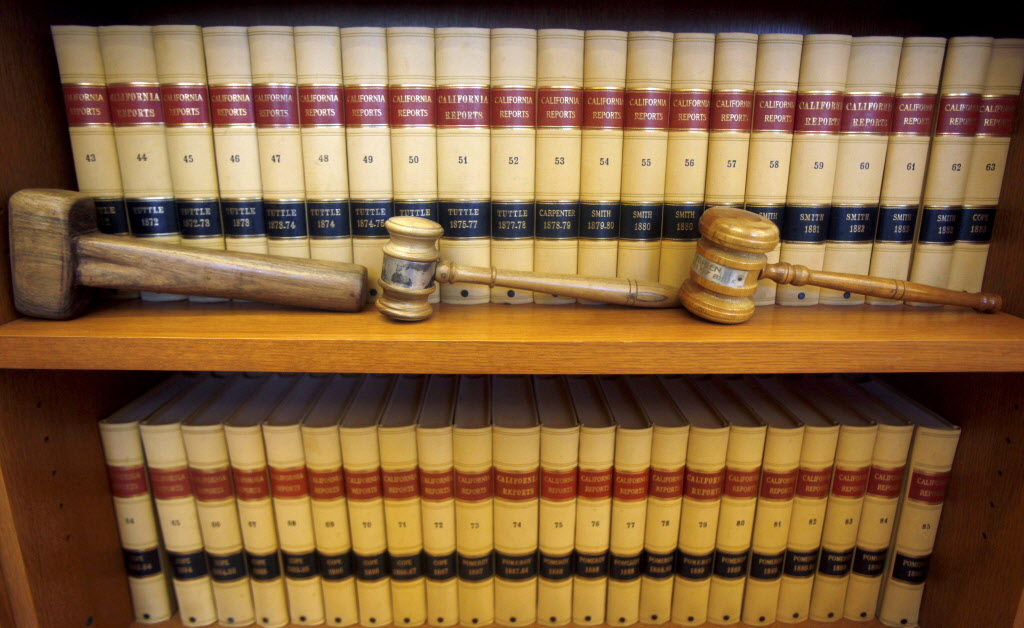
Is there something in California’s water that induces the state’s bureaucrats to make boneheaded errors of judgment? It would seem so, given the sorry history of monumental screwups.
Many of the state government’s wrongheaded actions involve abortive efforts to use advanced technology.
The poster child for those high-tech basket cases has been Financial Information System for California, dubbed FI$Cal, which was supposed to be a comprehensive financial management system but has struggled for decades to become reliably functional. Its constant delays and cost overruns revealed that despite California’s global role in technology innovation, the state bureaucracy has been chronically unable to implement systems that work as promised.
Another tech fiasco occurred in the court system. The state Judicial Council and the Administrative Office of the Courts launched a project in 2002 that was supposed to be a centralized case management system. It was so deficient that after a decade of wheel-spinning costing more than a half-billion dollars, the project was abandoned.
The most spectacular example of mismanagement is the state’s Employment Development Department’s attempt to distribute billions of dollars in unemployment insurance benefits to those who lost jobs during the COVID-19 pandemic. Not only did the EDD fail to deliver payments to many workers who needed them in a timely manner but it sent tens of billions of dollars in payments to fraudsters who gamed the system.
California doesn’t need another entrant on its list of managerial failures, but it has one in what happened when the State Bar changed its test of aspiring lawyers.
The licensing agency was feeling a financial pinch and formulated its own test to save money. When the exam was administered in February, it was a disaster.
“The online testing platforms repeatedly crashed before some applicants even started,” the Los Angeles Times reported. “Others struggled to finish and save essays, experienced screen lags and error messages and could not copy and paste text from test questions into the exam’s response field — a function officials had stated would be possible.”
Ever since, State Bar officials, exam takers, legislators and state Supreme Court justices have been arguing over what should be done with the obviously flawed results, especially after it was revealed that the agency used artificial intelligence to formulate exam questions — without making that known.
Last week, the Supreme Court lowered the passing score for the February exam and ordered the State Bar to dump its new system and return to the traditional test format.
On Monday, the State Bar announced that with the lower passing scores, 55.9% of February exam takers passed, as well as 76.5% of those who took a one-day exam, meaning the state has 2,436 new lawyers.
Simultaneously, the State Bar said it was suing Measure Learning, the vendor that administered the botched February exam, for fraud. The disaster also claimed the State Bar’s executive director, Leah T. Wilson. Wilson said she would step down in July when her $400,000 annual contract is set to expire.
“Despite our best intentions, the experiences of applicants for the February Bar Exam simply were unacceptable, and I fully recognize the frustration and stress this experience caused,” Wilson said. “While there are no words to assuage those emotions, I do sincerely apologize.”
Wilson’s apologetic statement is a refreshing departure from the evasion of accountability that traditionally accompanies official debacles. That’s progress of a sort, but not making bad decisions would be preferable.
Dan Walters is a CalMatters columnist.
Originally Published:



